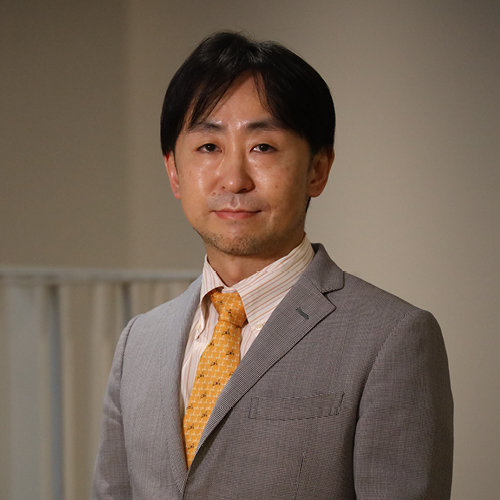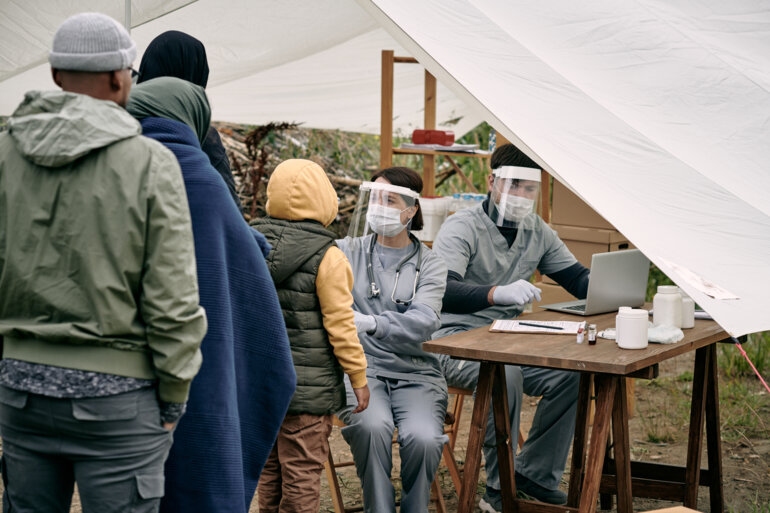National cancer control programmes, pharmaceutical company interest and facilitation of clinical trial participation may be stimulated by epidemiological data
Understanding the burden of rare cancers in Asia is vital to developing strategies for the effective management of these patients. While some countries in the region already have registries to document rare cancers, this has not been a priority for others, which are still struggling to establish systems essential for dealing with common cancers.
In an effort to improve the quality of data on rare cancers in South-East Asia, RARECAREnet Asia was launched in 2017. Under the leadership of my team in Japan, we are developing an accurate regional database via standardisation of rare cancer definitions and reporting across countries. The programme also aims to help countries create their own population-based rare cancer registries where these are lacking. In this international collaboration, members in Asia work closely with the team at RARECAREnet, the European information network on rare cancers, building on their experience and technical expertise.
The first results from RARECAREnet Asia were published last year (Cancer Epidemiol. 2020;67:101702). Including data from Japan, Korea and Taiwan, the analysis found that the RARECAREnet list of rare cancers was equally applicable in Asia and Europe. Reflecting the 2011 findings of RARECARE in Europe (Eur J Cancer. 2011;47:2493–511), we also concluded that rare cancers are not so rare in Asia and that they occur with a similar frequency in Asia as they do in Europe (16–24%). What is more, apart from some notable exceptions, related to known environmental or lifestyle factors – such as the high incidence of nasopharyngeal cancers in some Asian countries – risk factors for rare cancers seem less related to differences in lifestyles, cultures or biology than more common cancers. Unfortunately, many rare cancers are more frequently seen in younger than older individuals, although survival rates generally decline with age.
The information gained on the considerable volume of rare cancers in Asian countries will be instrumental in helping to establish public health initiatives, such as the creation of national cancer control programmes for the management of patients. In addition, the size of the problem may capture the attention of pharmaceutical companies who might consider the development of novel treatments to be an attractive and financially viable proposition.
Where does the project go from here? The initiative currently involves researchers from Japan, Korea, Malaysia, Taiwan and Thailand. So, while it has expanded since the initial publication of data, the project still represents only a limited number of countries in the region. We are looking to extend the scope to include more members, and India, the Philippines and Vietnam have already shown particular interest in being involved.
We also hope to bridge the gap between the epidemiology data generated and future clinical research. In some countries, it may be possible to do this by integrating databases, so that researchers can use population-based resources to select patients who may be eligible for inclusion on a particular clinical trial. However, there are inevitable obstacles to overcome, including potential incompatibility between the variety of systems available across the different countries in Asia and the proprietary nature of databases that have been developed independently in some countries. In the future, we would like to build the types of patient referral networks in Asia that are currently being created in Europe, which enable patients with rare cancers who have no access to effective treatment in their own country to benefit from the expertise and resources of a partner in the region.
Defining the burden of rare cancers in Asia: RARECARENET Asia
Rare cancers in Asia. ESMO Asia Virtual Oncology Week 2021, 21.11.2021, h. 15:15 – 16:15, Channel 2







